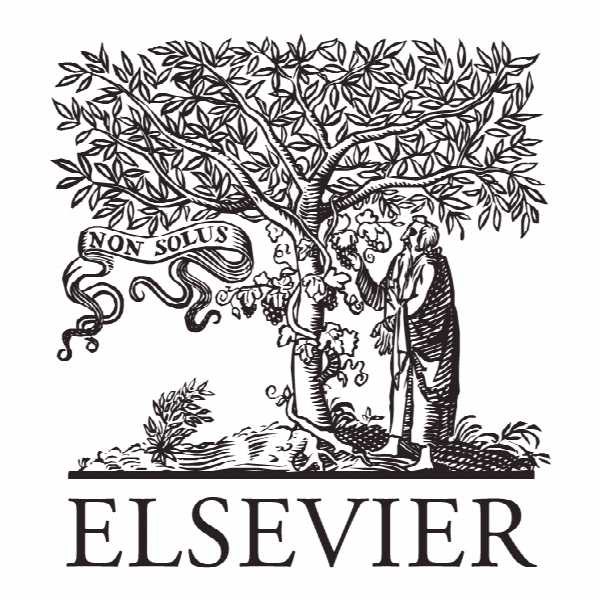خدمات همگن با تولیدات ناهمگن: ارتباط بین کرایه بلیط هواپیمایی و موانع خرید Homogeneous service with heterogeneous products: Relationships among airline ticket fares and purchase fences
- نوع فایل : کتاب
- زبان : انگلیسی
- ناشر : Elsevier
- چاپ و سال / کشور: 2017
توضیحات
رشته های مرتبط علوم فنون هوایی
مجله مدیریت حمل و نقل هوایی – Journal of Air Transport Management
دانشگاه گروه مدیریت گردشگری، ملی Quemoy، تایوان
نشریه نشریه الزویر
مجله مدیریت حمل و نقل هوایی – Journal of Air Transport Management
دانشگاه گروه مدیریت گردشگری، ملی Quemoy، تایوان
نشریه نشریه الزویر
Description
1. Introduction The concept of revenue management (RM) is widely adopted by airline operators to take advantage of market segmentation and create seat-based differential services to attract passengers from different segments. The use of RM is not new but getting more and more important since market competition is getting fierce especially after the entry of low-cost airlines (Fageda et al., 2011). Regarding the contribution of RM to different industries in reality, Rannou and Melli (2003) find 3%e7% revenue increase in an airline simulation study. In addition, Kimes (2005) also show that the utilization of RM may bring 3%e5% extra revenues in the airline, hotel, and rental car industries. With obvious potential for revenue increase, the application of RM has become popular and widespread in many other fields (Chiang et al., 2007; Anderson and Xie, 2010; Cross et al., 2011; Haddad, 2015). RM constitutes of four vital pillars namely forecasting, pricing, overbooking, and seat allocation. The role of pricing provides essential fare information to form booking classes and avoid the commoditization of service in order to optimize the use of perishable seat resources (Bobb and Veral, 2008; Anderson and Xie, 2010). With the structure of booking classes or, in other words, the fare table, the tasks of forecasting, overbooking, and seat allocation can then be implemented consequently in the quantity-based RM system (Talluri and van Ryzin, 2004). Taking economic seats for instance, airline operators may simultaneously manipulate multiple booking classes with respective codes such as Y, M, L, and V for a specific origin-destination during the reservation period (Obermeyer et al., 2013; Alderighi et al., 2012). Although these classes all belong to the economic cabin, they may have very different fares due to using conditions. However, the relationships among fares and fences are seldom addressed. In a recent review, Guillet and Mohammed (2015) indicate that price framing, price value relationship, and price competition receive limited attention within the topic of RM pricing. The determination of booking classes toward homogeneous seat service can be observed and discussed from two perspectives. From the supply side, airlines may consider various factors including operating costs to generate fares for different cabins. The Civil Aeronautics Board in the United States establishes a “StandardIndustry Fare Level (SIFL)” and periodically updates the SIFL by the percentage change in airline operating cost per available seat-mile. The established SIFL can then be regarded as a reference to form the unrestricted coach fare (USDOT, 2015). International Air Transport Association (IATA) also publishes Passenger Air Tariff (PAT) which contains three types of fares namely unrestricted normal fares, restricted normal fares, and special fares (PAT, 2015; Chang, 2006). Among them, special fares as known as promotional fares are usually applied to stimulate demand during off-peak periods.


